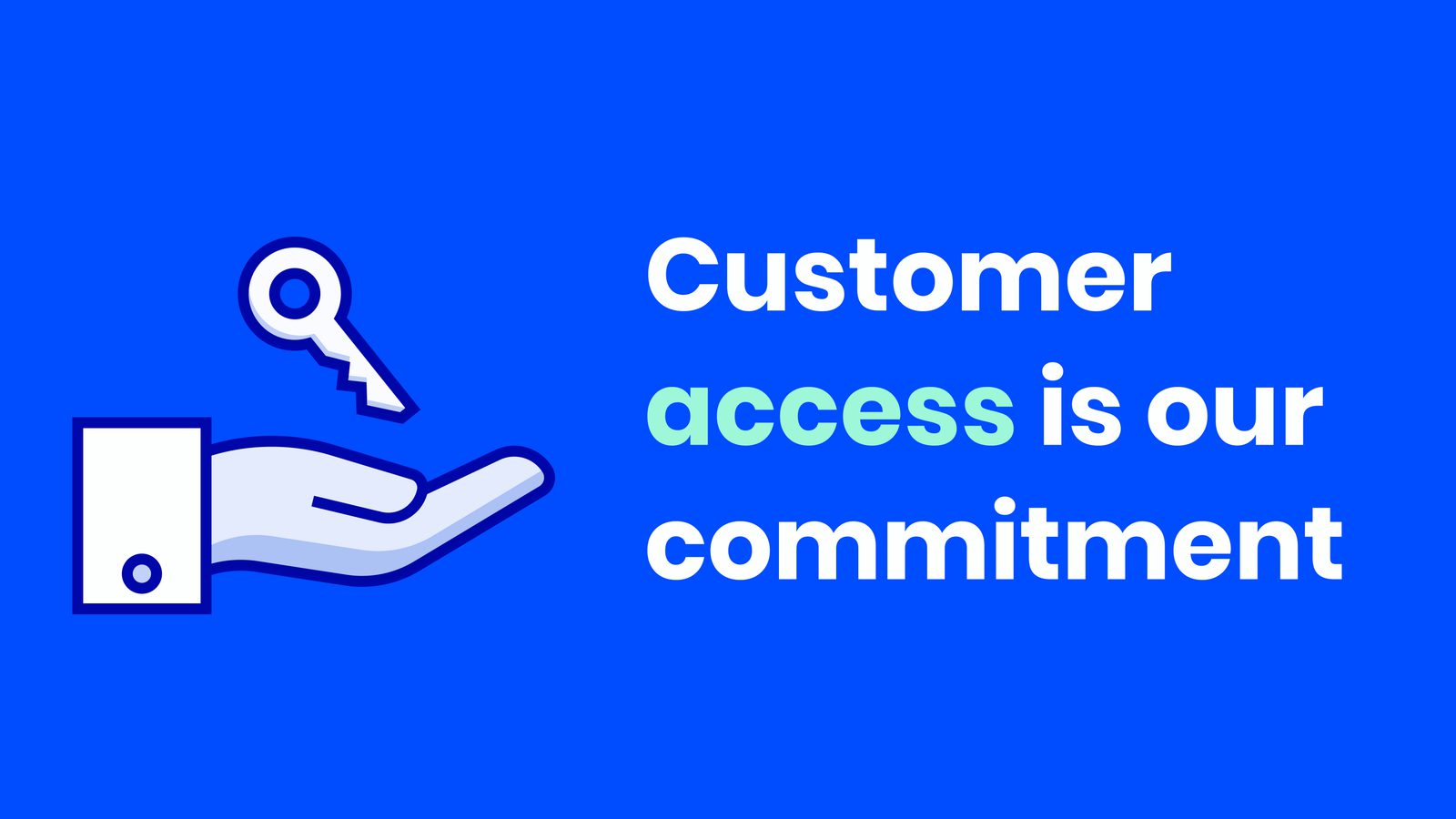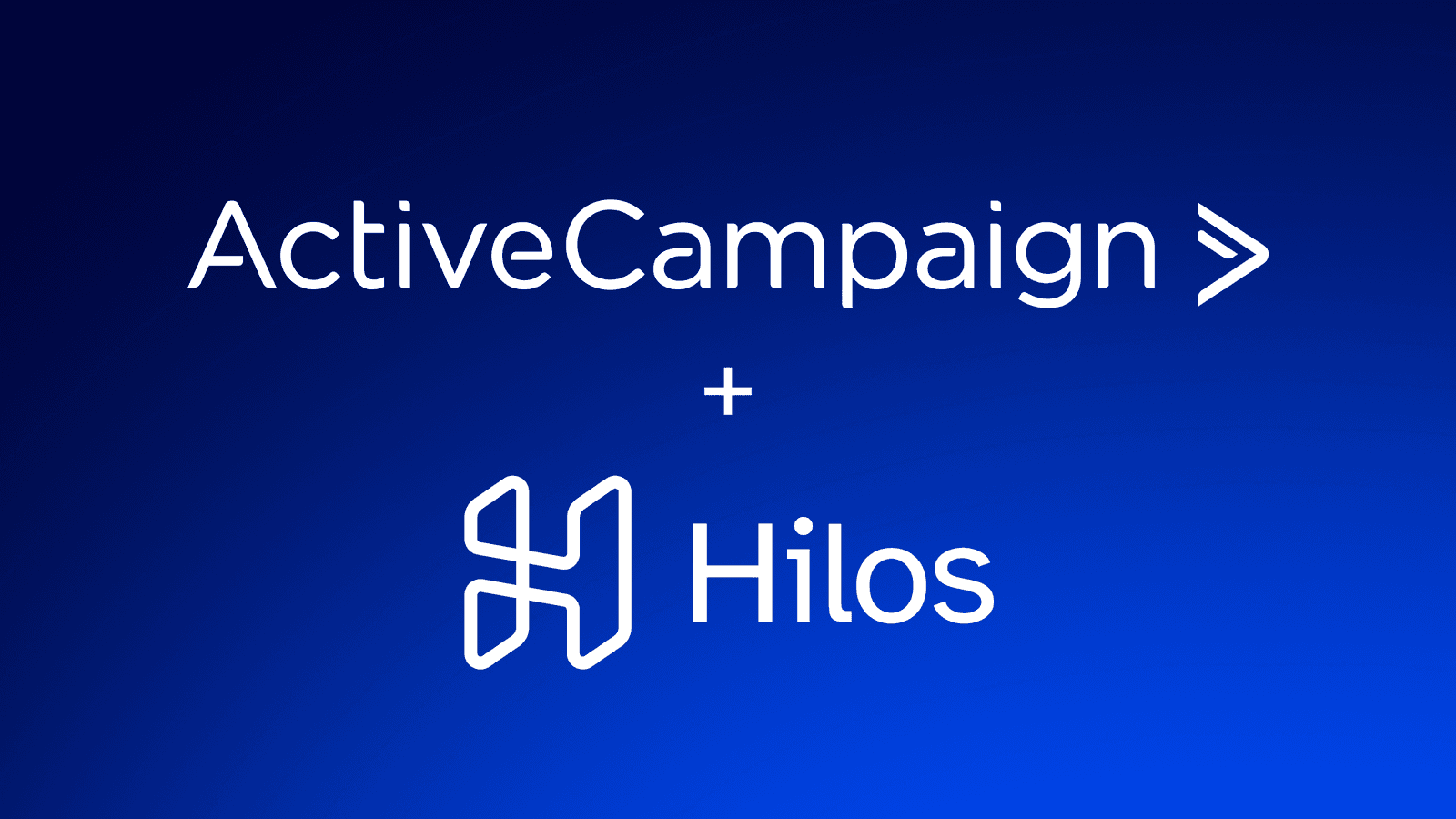This post was updated on July 7, 2022.
Have you ever received an email from a business and wanted to reply, only to see that it had some form of “no-reply” as the sender address? Did you then also need to hunt down a customer service email from the business' website or waste time trying to reach someone—anyone—through social media?
Chances are you probably weren’t impressed by the experience.
If you’ve ever felt like you needed to jump through unnecessary hoops to reach someone, it’s probably due to a no-reply email. And, as you might imagine, your customers probably feel the same way if you’re sending no-reply emails.
This article will review some of the dos and don'ts (mostly don’ts) of no-reply emails and some available alternatives.
Table of Contents

What are no-reply emails?
A no-reply email is an email that a recipient can’t respond to. They often come from a sender address using a format like “no-reply@company.com.” They usually look something like this:

Many businesses use a no-reply email address in their transactional emails, order confirmations, and newsletters. But why do businesses use no-reply emails over a more approachable “regular” email?
There are a few common reasons:
- Businesses don’t think they have the bandwidth to view and respond to every email that comes in.
- They worry about clogging up their inboxes with bounced emails and out-of-office notifications.
- They don’t know how no-reply emails negatively impact their business’s reputation.
While all these are real concerns (let’s face it, nobody wants a flooded inbox), no-reply emails aren’t necessarily the best solution. In fact, no-reply emails can lead to a bad customer experience and even cause you to lose business over time.
Why do no-reply emails lead to a bad customer experience?
There are multiple reasons you shouldn’t use no-reply email addresses—and they all come down to customer experience. In short, no-reply emails can harm your business' reputation, impact email deliverability, and put your marketing emails in the dreaded spam folder.
Let’s explore these reasons in greater detail.
No-reply emails frustrate your customers
Customer experience is everything. Amazing customer experiences make every customer feel like they’re your most important—something that involves two-way communication.
It’s hard to be loyal to a business that seems like they just want to talk at you rather than talk with you. No-reply emails are the very same one-sided conversations and a good way to lose the one-on-one conversations that truly matter.

You may miss out on important feedback, new leads, and sales
A customer may reply to your emails for many reasons. They might:
- have trouble completing a purchase.
- have an issue with your product.
- Want to suggest a new product.
They may even want to give you amazing feedback you could include as a testimonial. But you'll miss out on these rich opportunities if they can’t reply to your emails!

You can’t improve your customer experience if your customers can’t respond to you. And if you make it hard (or impossible) to respond, you’ll be stuck in an endless loop of trying to improve bad customer experience without any feedback or guidance.
It can negatively impact your email deliverability
Businesses are legally required to include a way to opt-out of their marketing emails. But if contacts can’t find the opt-out link, they often reply directly to the email message when they want to unsubscribe (even a no-reply email).
When customer responses don’t go through, those customers will mark you as spam, so they don’t have to receive your emails anymore. As you might imagine, that affects your email deliverability—and you have no way of knowing it.
How ActiveCampaign uses CXA to avoid no-reply emails
At ActiveCampaign, we don’t use no-reply emails. But how do we find time to respond to everyone?
The answer: customer experience automation (CXA).
By using CXA to take care of the more mundane tasks, we have more time to provide a more human touch to customers reaching out to us.

We’re passionate about our customers’ success and truly want to give them a platform that works for them. The best way we know how to make sure that the platform delivers is to use it for ourselves.
We don’t just sell customer experience automation—we live it. Our ability to succeed is tied to our ability to deliver connected experiences and leverage automation through our solutions.
Automate Instead of Alienate
FAQs
Still have questions about no-reply emails? We’re here to help. Here are some of the most frequently asked questions we’ve encountered.
What does no-reply email mean?
A “no-reply” email address (sometimes called a “do not reply” email address) is, as the name suggests, an email that doesn’t accept responses. These emails are typically used for sending notifications and marketing communications from an unmonitored no-reply address.
While many businesses use no-reply emails in the hopes that it'll help them avoid clogged inboxes, they’re ultimately bad for customer experience—and sales as a result.
Why shouldn’t I use a no-reply email address?
Using a no-reply email address results in bad customer experiences and missed opportunities. Customers who can’t respond to your do-not-reply emails will likely send future emails to the spam folder. This harms your reputation and prevents customers from giving you valuable feedback.
Can you reply to a no-reply email?
You technically can, but there’s rarely anyone checking the inbox of the no-reply address.
Most no-reply email addresses aren’t actively monitored, with some companies even automatically deleting any incoming replies. If you want to send email replies, you’ll need to contact the company through their customer service or another method.
Are no-reply email addresses bad for marketing?
It depends, but they usually don’t help.
Though it may seem appealing to prevent direct email responses, doing so does more harm than good to your email marketing campaigns. Instead, companies should find ways to remove busy work (such as customer experience automation) to give their customers the time they deserve.
Conclusion
It’s time to say “no” to no-reply emails. From ruining the customer experience to blinding your organization from valuable customer interactions, using a no-reply email address rarely comes with the benefits people think it does.
But how can you find time to respond to everyone without clogging up your inbox? With CXA tools from ActiveCampaign, you can automate the mundane and get back to building strong customer relationships.
For more information and to schedule a free demo, contact a customer experience expert from ActiveCampaign today.








